Alderney Fortress
When France’s defeat was imminent in the summer of 1940, Britain faced a choice what to do with the Channel Islands, Jersey, Guernsey and Alderney. Should they be defended or evacuated? The islands were just off the French coast and the british understood that the germans would most likely invade them. Since the islands were not considered to be of any military strategic importance, the choice fell on an evacuation. During June, all military personnel were evacuated, while the civilians themselves had to decide whether they wanted to stay or evacuate. At Alderney, all residents choosed evacuation. On Jersey and Guernsey, some stayed, som evacuate. There was also a civil administration on site that had to handle things without being seen as collaborators. However, the British forgot to notify the Germans that the islands had been demilitarized, which led to the Germans bombing St. Helier on Jersey and St. Peter Port on Guernsey. Therefore the germans could occupy the islands between 30 June to 4 July 1940 without facing any resistance.
But Hitler suspected that the British for propaganda reasons planned to recapture the islands. The British certainly discussed the possibilities of reconquering the islands, mainly for propaganda purposes, but how far these plans went is difficult to estimate, probably not far at all. For Hitler, on the other hand, the islands were a great victory, perhaps not from a military perspective, but from a propaganda perspective, German control of British territory was of great symbolic value. This made Hitler more or less obsessed with the islands and he wanted at all costs to hinder the British reconquering them. In October 1941, he ordered the construction of defense facilities to ensure that any British invasion attempt would be effectively repulsed.
The mission of building defence facilities fell on Organisation Todt (OT), in particular the northernmost island of Alderney was given high priority. Its location as the northernmost of the islands made it probably the most suitable to recapture. All the islands became part of the so-called. Atlantic Wall, an approximately 2700 kilometres long coastal line equipped with fortifications and ran along the coast all the way from Northern Norway down to southern France. Already during the Victorian era, the British had built several forts on Alderney as a defense against the sworn enemy France. These forts were strategically located and the Germans only needed to complete them with their own bunkers. But the existing forts were far from modernized, but the Germans needed to build new defences in order to repel a possible invasion attempt.
A total of five coastal artillery batteries, 23 anti-aircraft batteries, 13 fulcrums, 12 resistance points and three defence lines were built. In addition, about 30,000 landmines were placed out all over the island. The German garrison also came to be greatly strengthened from the modest 450 men in October 1941, to about 3200 in June 1944. But neither Alderney nor any other of the channel islands ever came to be subjected to an invasion attempt. Whether this was due to the non-existent strategic importance or something else can perhaps be discussed, but the British writer and historian Trevor Davenport put it this way, ”Alderney’s defense were so massive that it was never put up for the test”.
On D-day June 6, 1944, when the western allies landed on the beaches of Normandy, the channel islands were bypassed and put under sieged until the end of the war. This led to a shortage of supplies for both German forces and civilian population who were trapped on the islands. On May 16, 1945, British forces re-occupied Alderney and the former civilian population began repatriating in December 1945.
Current status: Preserved (2013).
Location: The bunkers are scattered around the island.
Get there: Cycle around the small island.
Follow up in books: Davenport, Trevor: Festung Alderney: The German Defences of Alderney (2003).
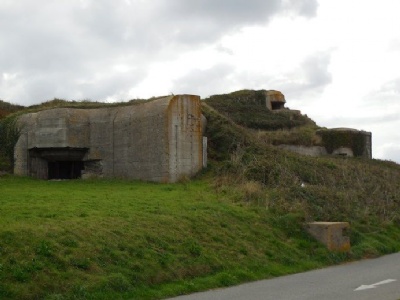
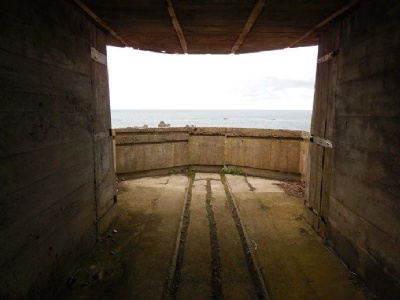



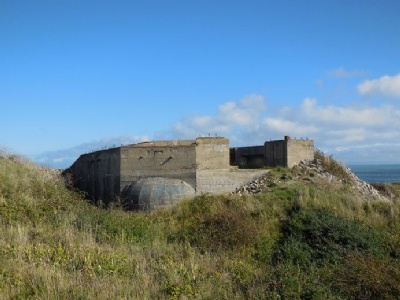
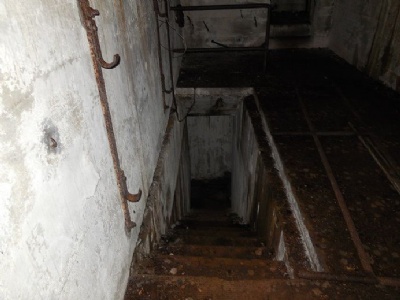
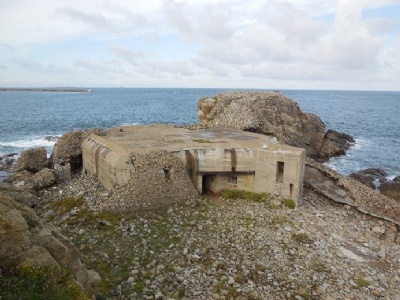
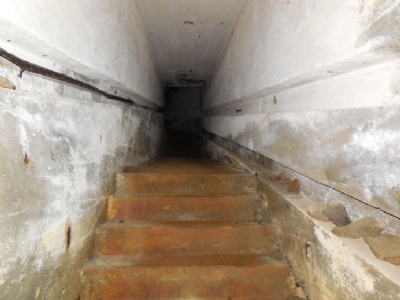
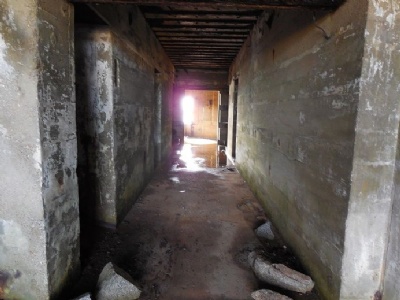
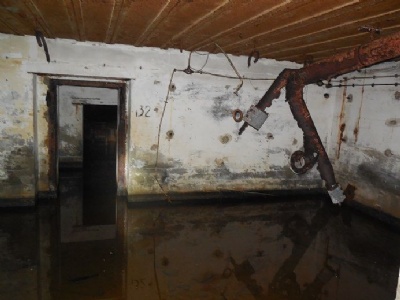

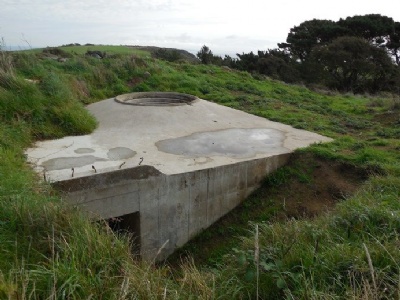
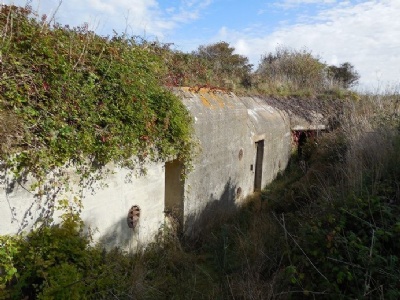
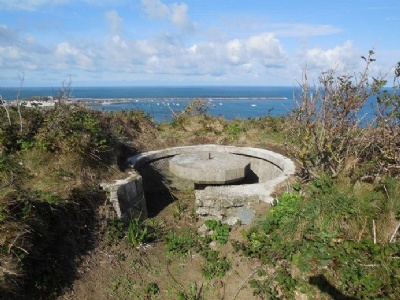
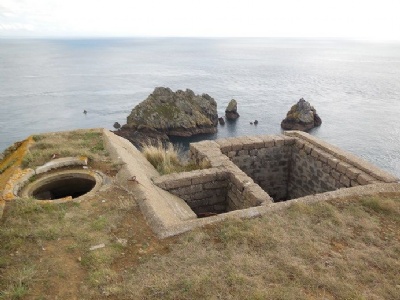


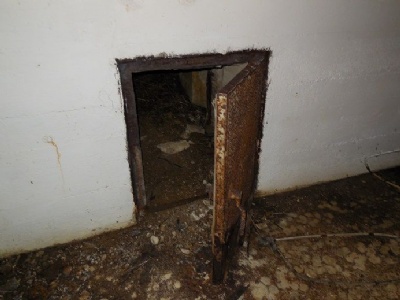
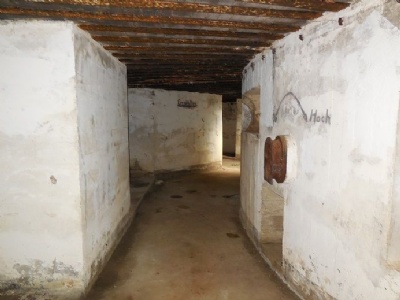
The defence facilities are scattered all over the island and they are hard to miss. Some are destroyed while others are in very good condition and can be easily visited. But some are well hidden among shrubs and grasses and can not be detected until you more or less fall into them. Most can also be explored inside but some of them are closed, some have the local authorities rented out to private individuals while others are locked out for other reasons. It can be good to have a flashlight with you because some of the bunkers have passageways where the sunlight does not reach. It is also important to watch out for any holes and other debris that may be harmful. The problem is that there are no signs showing the way and that there is no information on site what you see.
Some bunkers have been made visitor-friendly but still the visitor must have local knowledge of where they are located. But some with the allure of ruins, bunkers etc are many times to find what can not be found with the help of signs. All you need to do is to spend a little more time on preliminary investigations and literally lift every bush on site, because with a little stubbornness, most things can be found. Alderney also has a fantastic nature with steep cliffs, but here it is important to watch out. Some of the bunkers are placed next to the cliffs and to get that perfect picture you have to dare to venture out on some uncertain ground. As long as one is not an overly daring ”thrillseeker” it is fairly safe, but treacherous and sudden winds can be devastating. Alderney is a paradise for those interested in fortifications from the Second World War. It would probably be even more interesting, even for the less initiated, if, like Normandy, it had been a theatre of war.